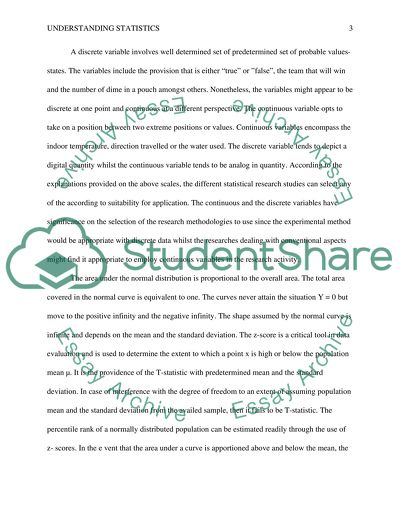Cite this document
(“Understanding Statistics Essay Example | Topics and Well Written Essays - 1500 words”, n.d.)
Understanding Statistics Essay Example | Topics and Well Written Essays - 1500 words. Retrieved from https://studentshare.org/statistics/1498259-understanding-statistics
Understanding Statistics Essay Example | Topics and Well Written Essays - 1500 words. Retrieved from https://studentshare.org/statistics/1498259-understanding-statistics
(Understanding Statistics Essay Example | Topics and Well Written Essays - 1500 Words)
Understanding Statistics Essay Example | Topics and Well Written Essays - 1500 Words. https://studentshare.org/statistics/1498259-understanding-statistics.
Understanding Statistics Essay Example | Topics and Well Written Essays - 1500 Words. https://studentshare.org/statistics/1498259-understanding-statistics.
“Understanding Statistics Essay Example | Topics and Well Written Essays - 1500 Words”, n.d. https://studentshare.org/statistics/1498259-understanding-statistics.


